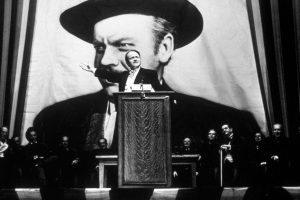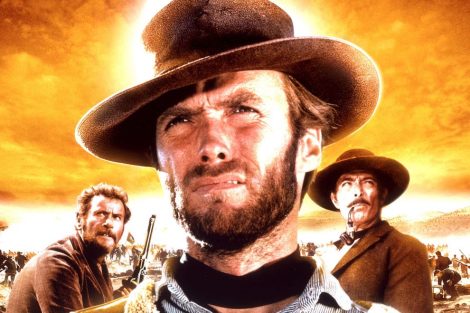If we believe in stereotypes, Jews are greedy and good for business, Asians are heavy smokers and addicted to gambling, Italians love pasta, Irish alcohol… and Latinos? Ah, we are peasants and poorly educated.
Of course clichés are worthless to describe entire communities. If anything, crudely and even contemptuous, they are caricatures, pretty much baseless. Although they do define attributes and perspectives…
At a time where education is central in order to achieve social development, produce wealth and success, Latinos will pretty much define what will come next regarding academics, for the whole nation.
Not only because they are fundamental for the country’s demographics, representing almost one third of all students in basic education, but also due the fact that nowadays there are more Latinos than any other ethnicity groups enrolling in college.
Still, as a community of 55 million people with deep and rich roots of immigrant culture and heritage, Hispanics face huge challenges due the weak schooling experience of their parent’s generation. With less school years than the average U.S. born American, the foreign born Latinos are not well equipped to assist their offsprings in their education experience, which of course they compensate with huge sacrifices, hard work and deep love for their new country.
One or two generations ago, Graduation Day meant High School (with close to 90 percent rate nowadays), currently this big day means College (either 2 or 4 years higher education). And in today’s America, around 60 percent of students are able to do just that, and for Latinos the rate is over 70 percent.
Roughly, there are 21 million people enrolled in a College or a University. Around half of there are freshmen. (A poorly chose label considering that girls are doing much better than boys at all school levels).
Latinos continue to face significant challenges in this field: they still have the highest percentage of dropouts, many still get poor grades, and many more still have to work their way through post-secondary education. But beside all that, the main point is the huge growth in recent decades of the proportion of Latino students arriving at this level at the academic formation ladder.
According to the Pew Research Center in 1993 were 780 000 Latino college freshmen and in 2014 the figure reached 2.4 million. This represents a growth of over 300 percent, much higher than any other ethnic group in the country.
In fact, between 1996 and 2014 the growth in college enrollment among Latinos was 240 percent among African Americans, from 72 percent among whites and 12 percent.
In that context, the story of Alfredo Quiñones is probably the best role model of someone who, through his studies and personal effort, could achieve an impressive American Dream.
Born in a small community near Mexicali, Mexico in 1968, at age 19 with his family crossed the border and for years worked in the field of lush California agriculture industry. Then he learned English, went to school, study hard and today is one of the most recognized neurosurgeons in the country.
Beyond the amazing personal achievements of Quiñones, from farm worker to neurosurgeon, he perfectly illustrates the breakthrough of a community that, indeed, as almost all large flows of migrants who have created this country: they began from below, carrying the humblest jobs that no one else accepted, but with time and effort, were able to open up other doors and opportunities.
The arrival, in two or three years, in the mainstream institutions, of the first massive Latino Graduation Day, similar to what some Hispanic Serving Institutions such as Fresno State already do, will mark the great change of the “hard work” to “smart work”, a huge step for the Hispanic community and, therefore, for the country.










